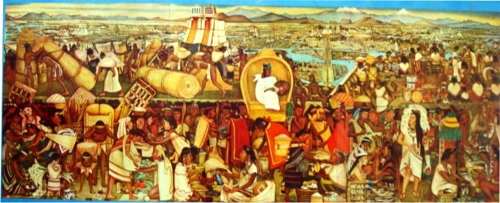 ENGLISH 3P HONORS UNIT GOAL:
ENGLISH 3P HONORS UNIT GOAL:
In a TIMED WRITE ESSAY, SWBAT COMPARE how Early American texts and genres explored and communicated views of human nature through the use of the rhetorical triangle, imagery, and figurative language.
What then is the American, this new man?…He is an American, who, leaving behind him all his ancient prejudices and manners, receives new ones from the new mode of life he has embraced, the new government he obeys, and the new rank he holds. He has become an American by being received in the broad lap of our great Alma Mater. Here individuals of all races are melted into a new race of man, whose labors and posterity will one day cause great changes in the world. Americans are the western pilgrims. (from “Letter III,” Letters from an American Farmer by Hector St. John de Crevecoeur, 1782)
Unit Essential Questions:
1. What is HUMAN NATURE?
2. How did early Americans view HUMAN NATURE? How did these views as expressed in narratives, sermons, and political documents define the “American” as an idea and the United States of America as a political and cultural entity?
3. How did views of HUMAN NATURE as expressed in foundational writing in U.S. history inspire and shape artistic, cultural, and political movements?
4. How have early U.S. writers and artists influenced current “American” values and politics?
Unit Terms:
Genre, creation stories, sermon, slave narrative, public document, Puritans, Rationalists, Native/Indigenous, persuasion, ethos, pathos, logos, imagery, parallel structure, purpose, claim, evidence, tone.
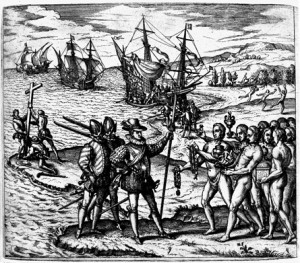
Objective 1: America and American Identity
Objective 2: Historical Context and Foundations
After participating in a GALLERY WALK, students will be able to explain the effects of European settlements on native populations and compare Rationalist and Puritan views of human nature, God, and government by completing a Gallery Walk Pamphlet.
a. Gallery Walk Images and Text
c. Web Resource: http://www.ushistory.org/us/index.asp
Objective 3: On Human Nature
After annotating passages from Thomas Hobbes’ Leviathan and from Jean Jacques Rousseau’s “Discourse on Inequality” students will be able compare and contrast Thomas Hobbes and Jean Jacques Rousseau’s “state of nature” with those expressed through theme in John Steinbeck’s East of Eden, in a Socratic Seminar to understand European influence of Early American literature.
a. from Leviathan by Thomas Hobbes
b. from Discourse on Inequality by Jean Jacques Rousseau
c. Socratic Seminar Instructions, Questions Guide, Socratic Seminar Prep, and Socratic Seminar Outer Circle
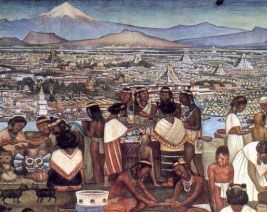 Objective 4: Oral Anarratives
Objective 4: Oral Anarratives
ORAL NARRATIVES: After annotating passages from creation stories of the Americas, students will be able to identify native views of “human nature” completing summaries that include events used to develop moral lesson in the story.
a. PREREADING: Native Voices Video
b. READING: from “Coyote Finishes His Work” p. 25 & The Big Myth
c. POST READING: Summary Template
Objective 5: Purpose, Claim and Rhetorical Devices in Early American Literature
By reading and annotating Early American literary genres, students will be able to: 1.) identify authors’purpose and use of rhetorical devices 2.) compare how these early writers’ views of human nature influenced American identity and political thought. (For Foundations Learning Scale 3H Click Here)
 Puritan Writing: SWBAT compare how Anne Bradstreet and Jonathan Edwards used figurative language and imagery to reveal their ideas about HUMAN NATURE.
Puritan Writing: SWBAT compare how Anne Bradstreet and Jonathan Edwards used figurative language and imagery to reveal their ideas about HUMAN NATURE.
a. “Sinners in the Hands of an Angry God” by Jonathan Edwards, pp. 44-49, “Here Follow Some Verses upon the Burning of Our House, July 10, 1666” by Ann Bradstreet.
i. PRE-READING: Anticipation Guide,Edwards Notes, & Tone Words
ii. READING: Dialectical Journal
iii. POST-READING: Summary Template
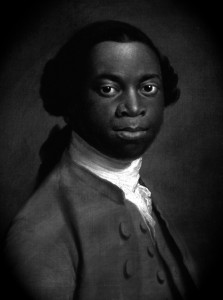 SLAVE NARRATIVES: SWBAT compare how Phyllis Wheatley and Olaudah Equiano used figurative language and imagery to reveal their ideas about HUMAN NATURE.
SLAVE NARRATIVES: SWBAT compare how Phyllis Wheatley and Olaudah Equiano used figurative language and imagery to reveal their ideas about HUMAN NATURE.
b. “The Interesting Life of Olaudah Equiano” by Olaudah Equiano (AKA Gustavus Vassa), ““To the Right Honourable William, Earl of Dartmouth” by Phyllis Wheatley
i. PRE-READING: Anticipation Guide, Olaudah Equiano Notes & Tone Words
ii. READING: Dialectical Journal
iii. POST-READING: Summary Template
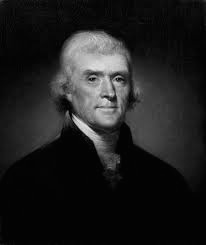 FOUNDING DOCUMENTS: SWBAT compare how Thomas Jefferson, Dekanawida and Elizabeth Cady Stanton used parallel structure to reveal their ideas about HUMAN NATURE.
FOUNDING DOCUMENTS: SWBAT compare how Thomas Jefferson, Dekanawida and Elizabeth Cady Stanton used parallel structure to reveal their ideas about HUMAN NATURE.
c. from from “The Autobiography: The Declaration of Independence” by Thomas Jefferson
i. PRE-READING: Anticipation Guide, Jefferson Notes & Tone Words
ii. READING: Dialectical Journal
iii. POST-READING: Summary Template